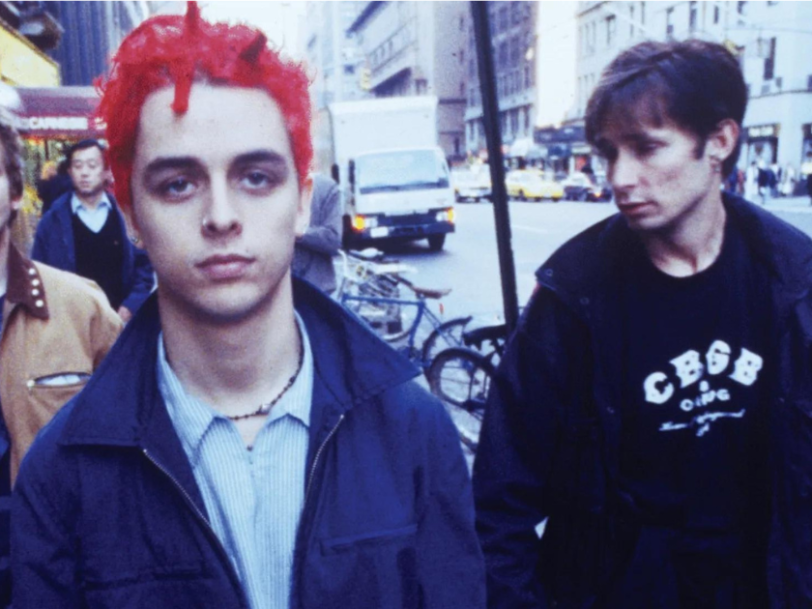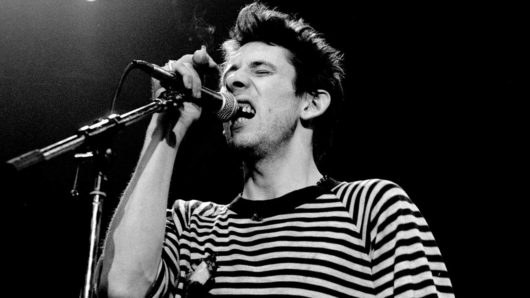Take even the slightest glance at a list of the best-selling albums in history, and one thing is immediately clear: precious few records are able to chime with the times, sell multi-millions of copies and influence the course of music. Green Day’s landmark third album, Dookie, however, is a proud, card-carrying member of this elite club. Overflowing with fantastic tunes and boasting four global hits, it was released on 1 February 1994 and, despite spawning numerous imitators, it remains the defining work of its genre. Here are ten reasons why Dookie is the best pop-punk album of all time.
Listen to ‘Dookie’ here.
10 Reasons Why ‘Dookie’ Is The Best Pop-Punk Album Of All Time
1: ‘Dookie’ was recorded by a young band with precocious talent
Performed with fire, skill, confidence and bags of bravado, Dookie sounds like the work of an experienced band who have been around the block. However, when Green Day’s game-changing third album was first released, bassist Mike Dirnt and guitarist/vocalist Billie Joe Armstrong were still only 21, and – as a mere 20-year-old – drummer Tré Cool hadn’t even attained legal drinking age in the US.
In fairness, though, Green Day were hardly green around the gills. Armstrong and Dirnt had become friends aged ten, and the pair formed Sweet Children, an embryonic version of Green Day, when they were just 15. Morphing into Green Day by 1989, they’d also released two cult-level albums, 39/Smooth and Kerplunk, through Californian indie imprint Lookout! Records, with the latter selling an impressive 50,000 copies. Having signed a major-label deal with Warner, the young band worked hard on preparing the songs for Dookie with producer Rob Cavallo, yet they were unprepared for the life-changing multi-million sales the album would rack up en route to becoming the best pop-punk album ever made.
“I remember thinking, Let’s just record this thing and make sure we have money left over, so we can pay our rent, in case anything happens,” Armstrong later told Rolling Stone. “We felt like the little kids in a candy store [making Dookie], but Mike and Tré were tight. That album was some of the tightest they’d ever played.”
2: ‘Dookie’’s success dragged the US pop-punk movement into the mainstream
Seemingly from nowhere, Dookie shot up the US Billboard 200, where it eventually peaked at No.2 (while also topping Billboard’s Heatseekers Album chart). Its progress was assisted by positive reviews from big-hitting publications such as Time, who voted Dookie their best album of 1994, and Rolling Stone, whose review suggested Green Day had “punk’s snotty anti-values down cold: blame, self-pity, arrogant self-hatred, humor, narcissism, fun”. Yet Dookie also had what it took to stick around long enough to earn its reputation as the best pop-punk album of all: in 1995 it received a Grammy Award for Best Alternative Music Album, and it went on to be certified diamond (for sales of ten million copies) in the US, ensuring that the country’s nascent pop-punk movement now had a foothold in the mainstream.




